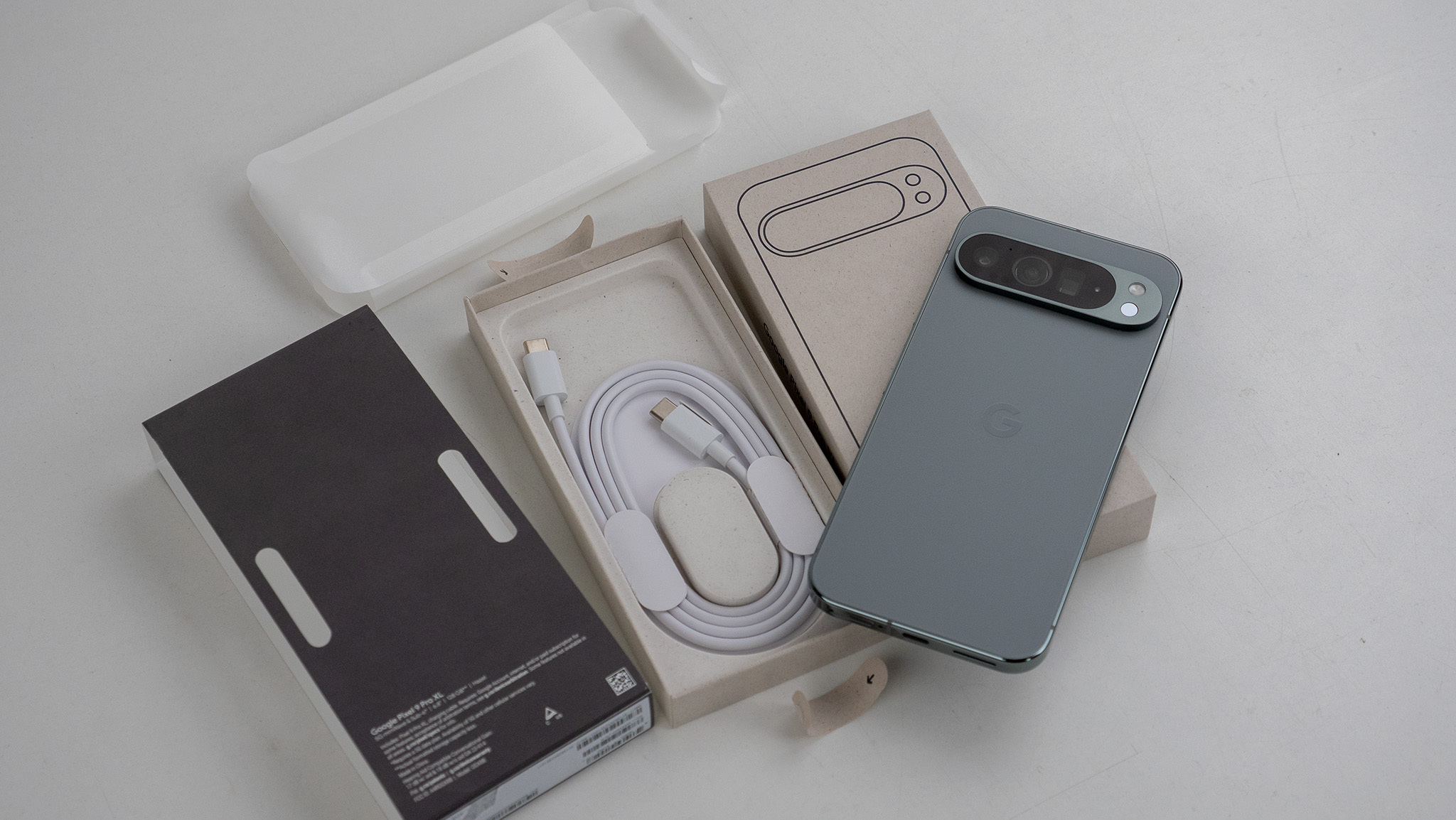OnePlus 13 vs. OnePlus 13R: What's the best OnePlus phone in 2025?
The OnePlus 13 is obviously the one to get, but if you don't need the absolute best cameras, the OnePlus 13R gives you much better value.
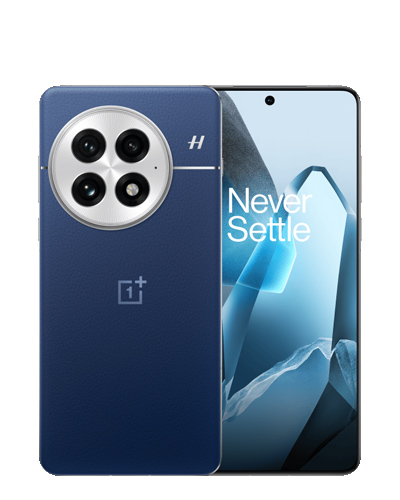
The best
The OnePlus 13 is one of the best flagships of 2025. It has a stunning design with a new microfiber vegan leather back that feels great to hold and use, and the chassis has increased resilience against tumbles. You get the latest Qualcomm silicon, and the phone is among the fastest I've used. The cameras at the back hold their own against the best that Google and Samsung have to offer, you get a 6000mAh silicon battery with fast charging, and it doesn't miss out on any extras. In short, this isn't just the best OnePlus phone, but one of the best Android phones you can buy today.
For
- Outstanding hardware
- Gorgeous design with better durability
- Much better cameras
- Incredible battery life with 80W charging
- All the extras you need
Against
- Costlier than last year
- Selfie camera isn't the best
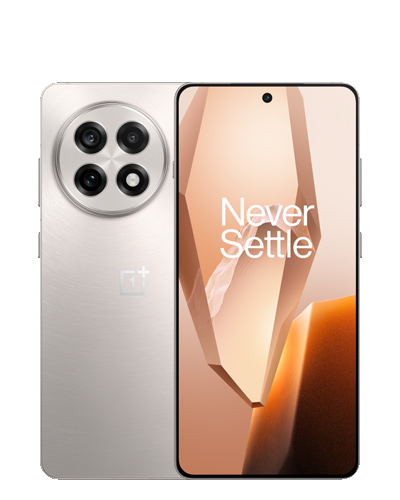
An unbeatable value
The OnePlus 13R is my choice if you need a phone that delivers the best value. It doesn't quite have the same cameras as the OnePlus 13, but that's about the only shortcoming; you still get terrific hardware, a massive 6000mAh battery, identical software, and the same number of updates. If you don't need the best auxiliary cameras, the OnePlus 13R is just as good as the regular model, and it costs $300 less.
For
- Terrific hardware
- Upgraded main camera
- Battery lasts longer than OnePlus 13
- Base model has 256GB UFS 4.0 storage
- Much better value
Against
- Auxiliary cameras aren't as good
- IP65 water resistance
- Takes a long time to charge
- No eSIM
OnePlus 13 vs. OnePlus 13R: Design
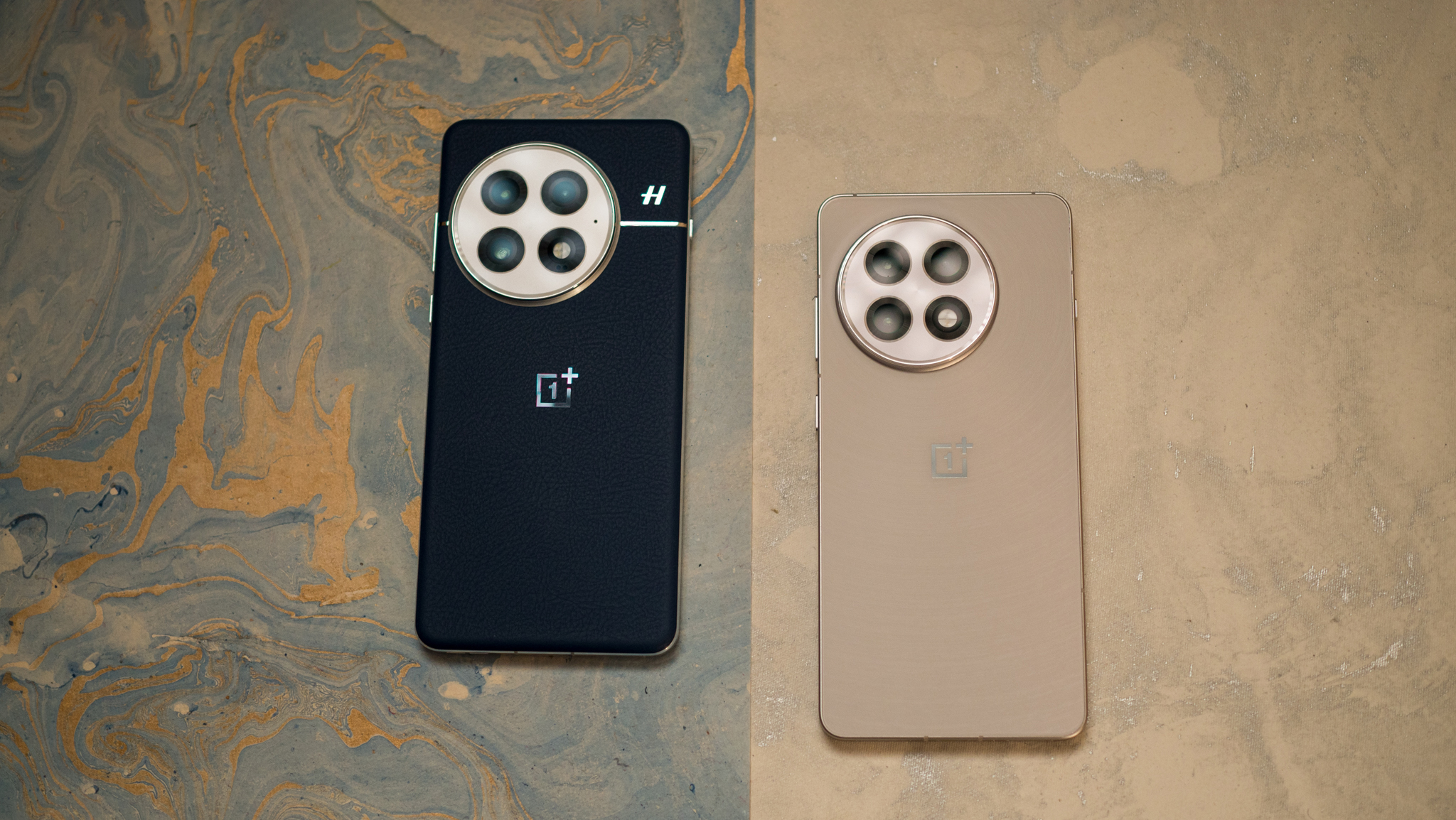
OnePlus overhauled the design of its devices this year, switching to boxier sides — just like every other manufacturer. That said, the OnePlus 13 has beveled edges that made holding and using the phone that much easier, and the weight distribution is ideal. The best part is that although the device has a bigger battery than last year, it is thinner and lighter.
There's also a new color option with a unique texture at the back. The Midnight Ocean model has a gorgeous blue hue and a microfiber vegan leather back that's unlike anything else available today; it's soft to touch and has a great in-hand feel, and if you're eyeing the device, this is the model to get.
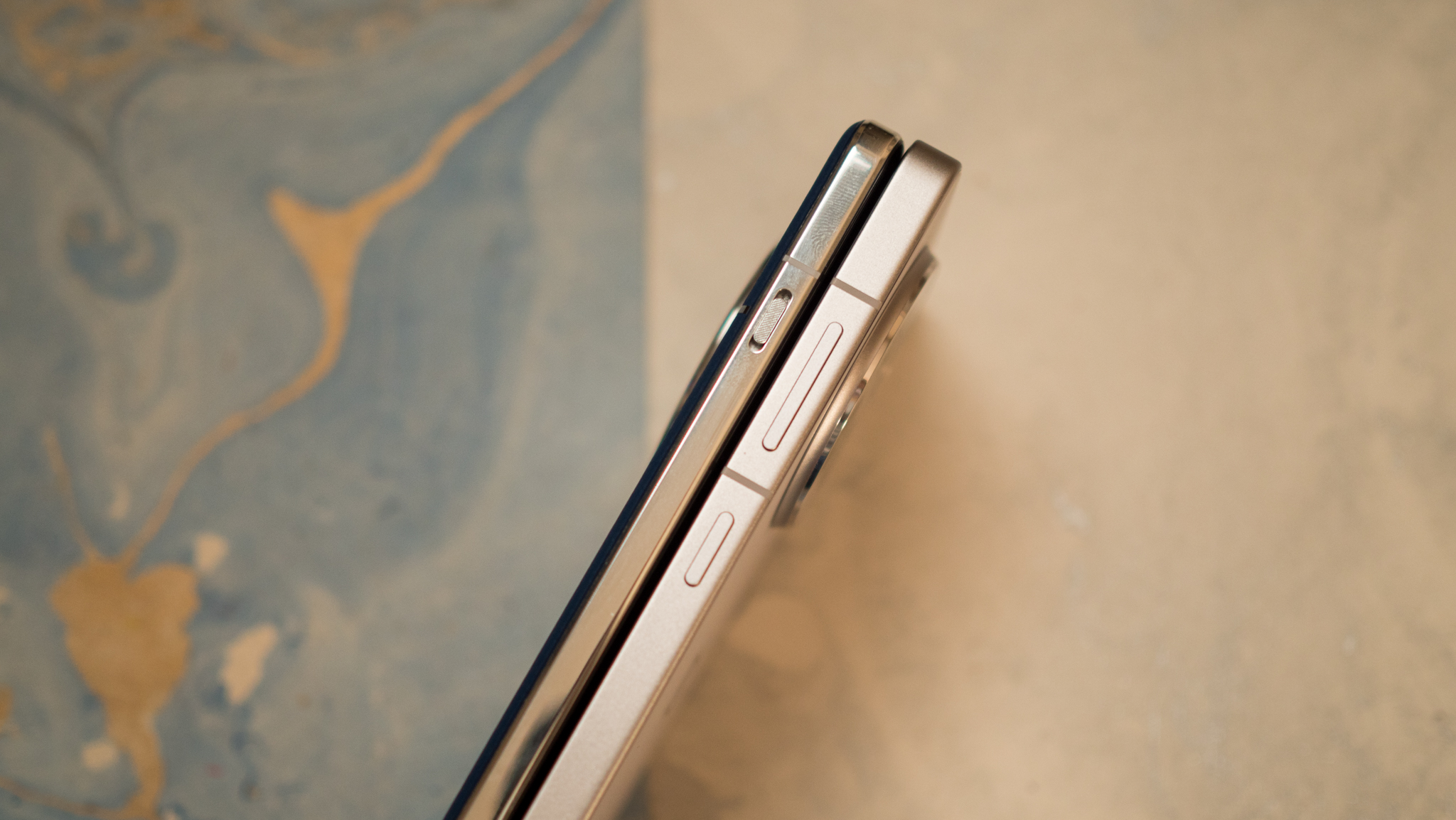
The OnePlus 13R doesn't have beveled sides, and as a result, it isn't as comfortable to hold; the sides tend to dig into your hand, and I recommend using a case with the device. That said, it has aluminum sides, and better durability than last year. While I don't like the design as much as the OnePlus 13, the phone is a smidgen lighter, and unlike last year, you get a flat panel, so it's better in that regard.
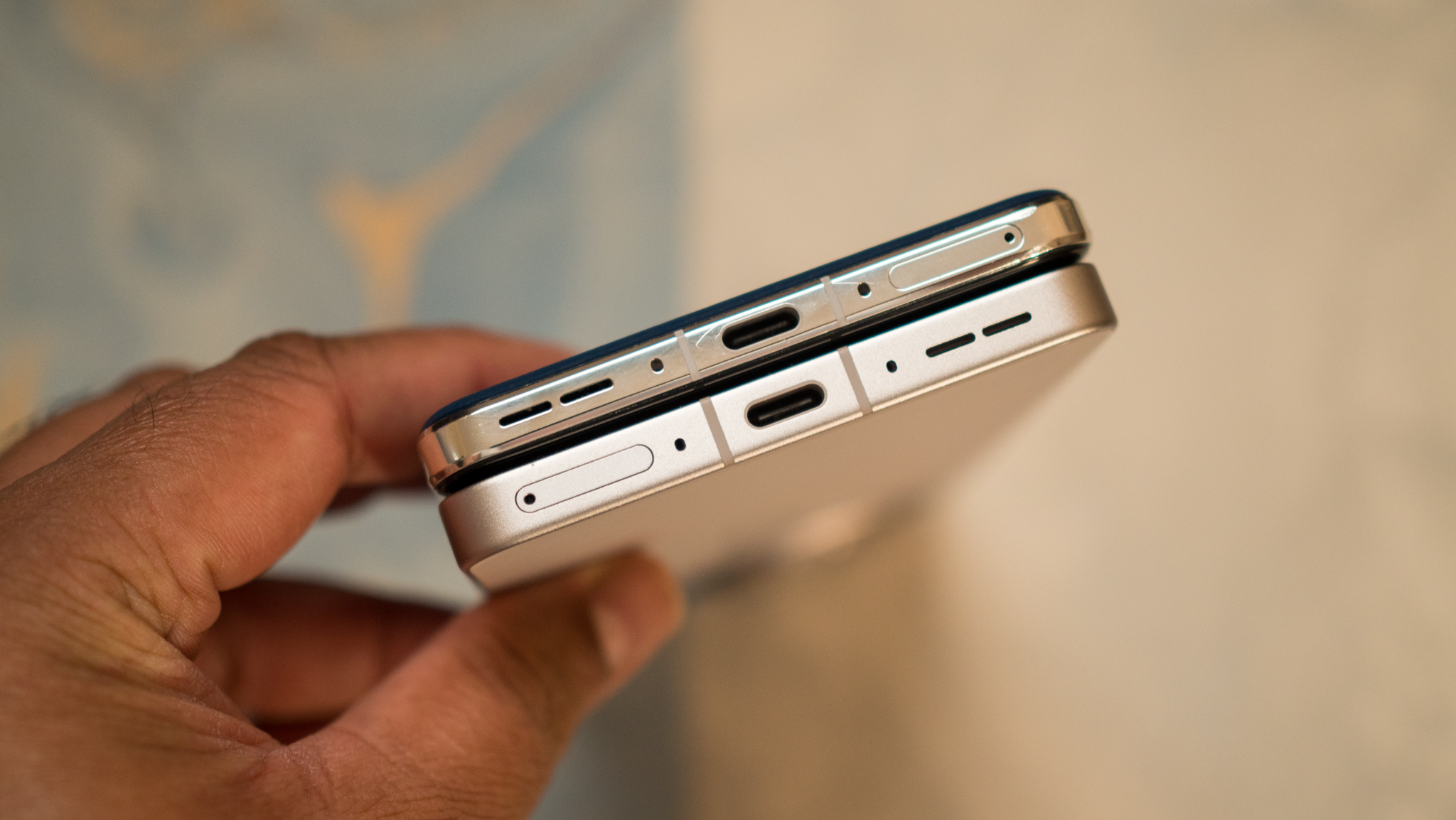
Both devices have the alert slider, an IR blaster, and stereo sound. Water resistance is included as well, and while the OnePlus 13 gets IP68 and IP69 dust and water resistance, the 13R is limited to IP65. It is good enough against splashes, but doesn't cover immersion in water.
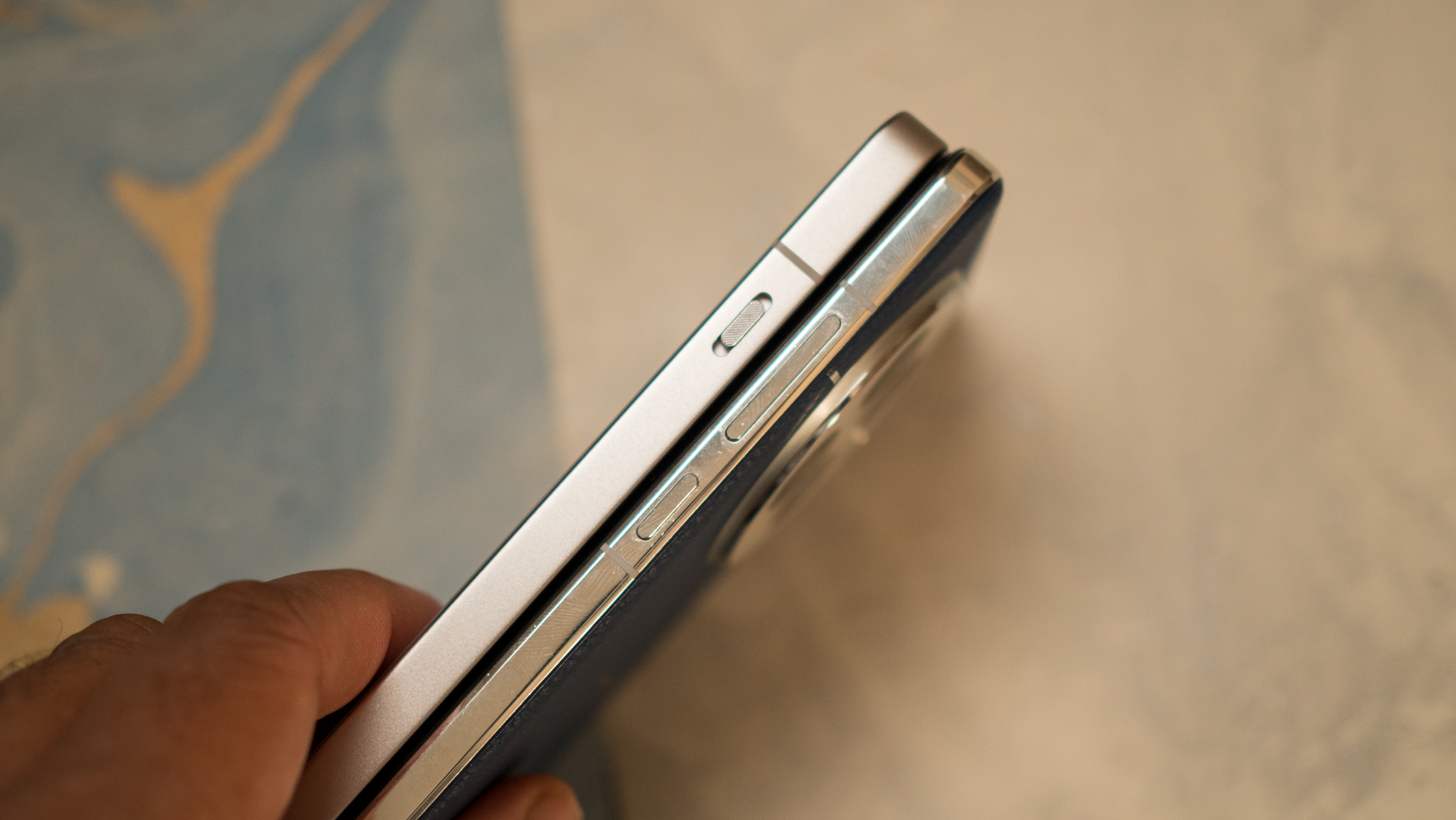
In a similar vein, the OnePlus 13 gets a Goodix ultrasonic fingerprint module that's among the best you can get on any phone today, and it is fast and doesn't have any issues. The OnePlus 13R uses an optical module, and while it is also fast, the sensor is located lower on the panel, making it awkward to access.
I like the design and in-hand feel of the OnePlus 13 over the 13R, but the latter is definitely better than last year's model, and that's a big deal in and of itself.
OnePlus 13 vs. OnePlus 13R: Display
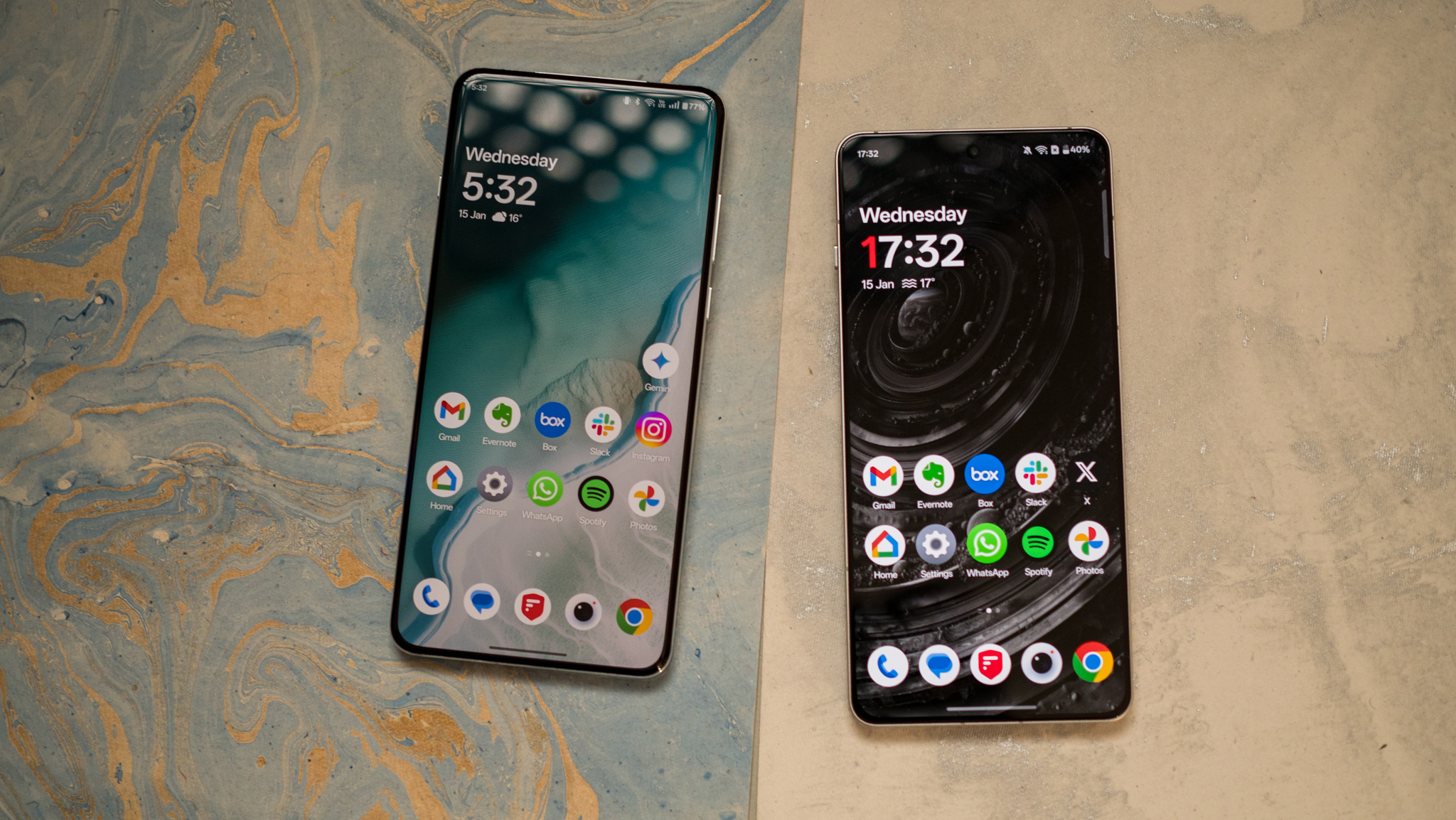
The OnePlus 13 has a slightly bigger 6.82-inch AMOLED panel going up to 120Hz, with the 13R using the same 6.78-inch panel as the OnePlus 12. Both phones have a quoted maximum of 4500 nits in HDR, but that's a meaningless number; in actual use, the OnePlus 13 gets noticeably brighter outdoors. It isn't to say that the 13R isn't good in its own right, but of the two devices, the OnePlus 13 has the better panel.
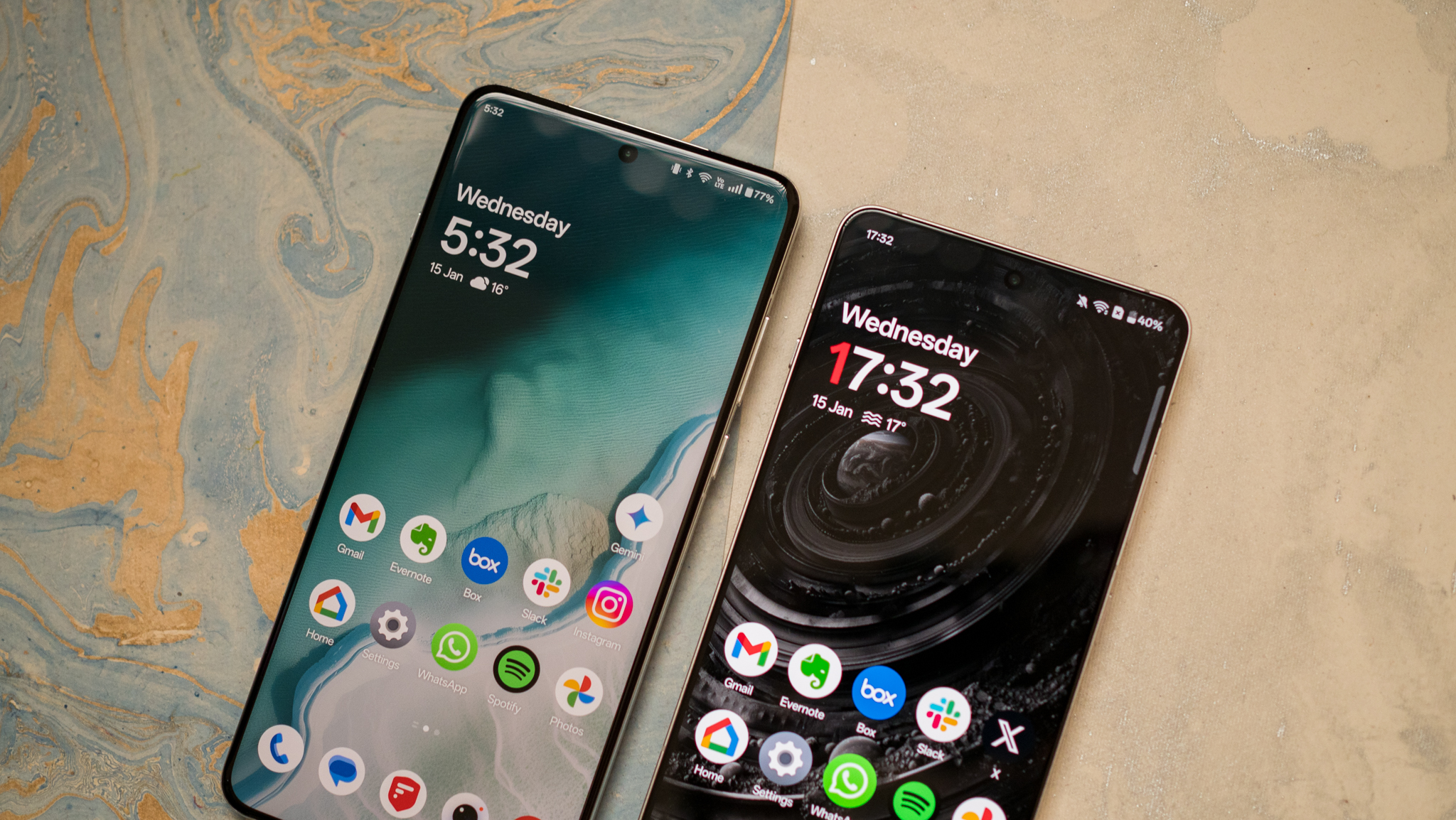
Both phones have vibrant colors and excellent contrast, and stereo sound is detailed enough that you can play games using the onboard audio. On that note, you can play limited titles at 120fps, but there are instances where it leads to increased jitter. There are no issues with streaming content or regular use, with both phones holding up incredibly well in this regard.
Another notable fact is that both devices get flat panels this time. The OnePlus 13 has a slight edge on the sides that makes it a little more immersive, but neither device gets the dual-curved panel that was a mainstay until last year. The glass coating is new as well, with the OnePlus 13 using a custom solution that includes ceramic, and the 13R coming with Gorilla Glass 7i.
Be an expert in 5 minutes
Get the latest news from Android Central, your trusted companion in the world of Android
OnePlus 13 vs. OnePlus 13R: Hardware
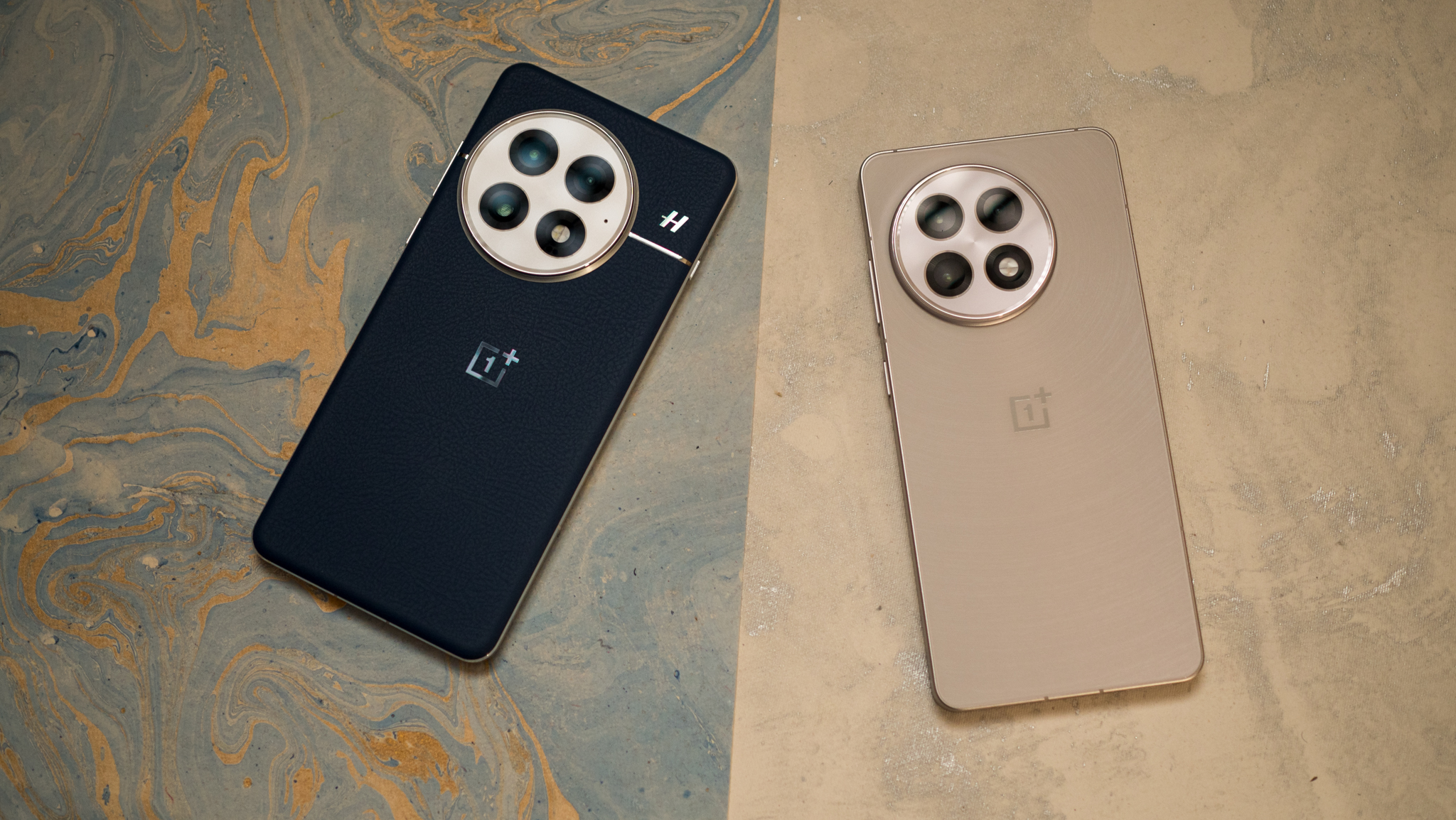
The OnePlus 13 has one of the strongest hardware packages available today. It features Qualcomm's latest Snapdragon 8 Elite, and comes with 12GB of LPDDR5X RAM and 256GB of UFS 4.0 storage as standard, with configurations going up to 1TB. While the 256GB and 512GB variants are sold globally, the 1TB model is limited to China and India.
After using the OnePlus 13 for over three weeks, I can say that it is one of the fastest phones of 2025. It doesn't have any slowdowns in regular use, the software is optimized incredibly well, and you get a fluidity that's better than just about every other Android interface. It does a great job with gaming as well, and I didn't run into any issues with overheating. There is noticeable throttling at the 30-minute mark, but it doesn't pose much in the way of problems.
| Category | OnePlus 13 | OnePlus 13R |
|---|---|---|
| OS | OxygenOS 15 based on Android 15, four Android OS updates | OxygenOS 15 based on Android 15, four Android OS updates |
| Display | 6.82-inch 120Hz LTPO AMOLED (3168x1440), HDR10+, Dolby Vision, 1,600 nits (HBM), 4,500 nits (HDR), Ceramic Guard | 6.78-inch 120Hz LTPO AMOLED (2780x1264), HDR10+, Dolby Vision, 1,600 nits (HBM), 4,500 nits (HDR), Gorilla Glass 7i |
| Chipset | Snapdragon 8 Elite, Adreno 830, 3nm | Snapdragon 8 Gen 3, Adreno 750, 4nm |
| RAM | 12GB/16GB/24GB | 12GB/16GB |
| Storage | 256GB/512GB/1TB UFS 4.0 | 256GB/512GB UFS 4.0 |
| Rear camera 1 | 50MP f/1.6 main camera, OIS | 50MP f/1.8 main camera, OIS |
| Rear camera 2 | 50MP f/2.6 telephoto, 3x optical zoom, OIS | 50MP f/2.0 telephoto, 2x optical zoom |
| Rear camera 3 | 50MP f/2.0 wide-angle | 8MP f./2.2 wide-angle |
| Front camera | 32MP f/2.4 | 16MP f/2.4 |
| Ingress protection | IP68 and IP69 dust and water resistance | IP65 dust and water resistance |
| Connectivity | Wi-Fi 7, Sub-6 5G bands, NFC, Bluetooth 5.4, BeaconLink, eSIM, AptX HD | Wi-Fi 7, Sub-6 5G bands, NFC, Bluetooth 5.4, BeaconLink, AptX HD |
| Security | In-screen ultrasonic sensor | In-screen optical sensor |
| Audio | USB-C, stereo sound | USB-C, stereo sound |
| Battery | 6000mAh silicon-carbon battery, 100W charging, 50W wireless charging, 50W USB PD charging | 6000mAh battery, 80W charging |
| Dimensions | 162.9 x 76.5 x 8.5mm, 210g | 161.7 x 75.8 x 8mm, 206g |
| Colors | Midnight Ocean, Black Eclipse, Arctic Dawn | Astral Trail, Nebula Noir |
In short, this is a terrific package if you need a high-end phone. What's particularly interesting is that all of these statements are valid for the OnePlus 13R as well; while not having the latest hardware, it is powered by last year's Snapdragon 8 Gen 3, and it is just as good in daily use as well as gaming.
If anything, I think the OnePlus 13R is a better choice as it gives you flagship internals for a lot less than the OnePlus 13. You get UFS 4.0 storage, and the base model starts with 256GB this time. There's 12GB of RAM as well, and you get the same fluidity with the software.
You get similar connectivity as well, including Wi-Fi 7, Bluetooth 5.4, AptX HD, dual-band GPS alongside NFC, and new BeaconLink tech that builds on Bluetooth by delivering increased range of up to 300 meters. The only thing missing on the OnePlus 13R is eSIM connectivity; you're limited to dual nano-SIM slots, so if you need this feature, you'll need to get the regular model.
OnePlus 13 vs. OnePlus 13R: Battery life
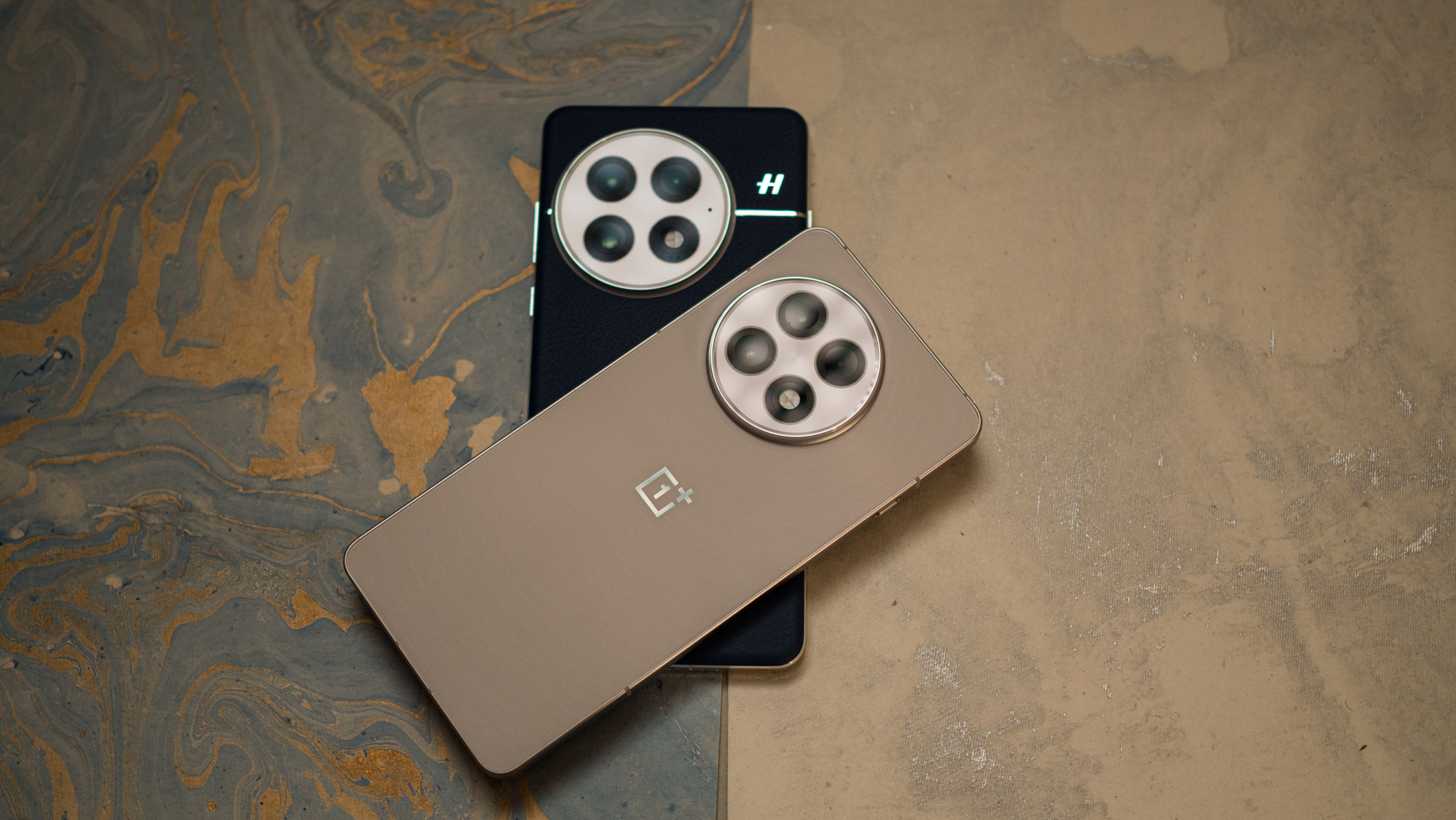
Both phones get 6000mAh batteries, but the OnePlus uses a silicon-carbon anode, delivering better density and the ability to withstand extreme cold. The phone has a dual-cell configuration with two 3000mAh batteries, and as a result, it takes just 38 minutes to fully charge using the 80W standard. The 13R, meanwhile, has a single 6000mAh battery, and it takes close to an hour to charge.
The 13R misses out on wireless charging as well, which is where the OnePlus 13 excels. The phone gets 15W charging over the Qi standard, and there's 50W AirVOOC as well, thanks to a new magnetic puck. The device doesn't have the requisite magnets, and you'll need to buy a case to enable the tech.
Although the OnePlus 13R doesn't have the extras, it lasted longer in my testing. While I got a day and a half on both devices, the OnePlus 13R delivered an additional two hours of screen-on time consistently, and that's interesting.
OnePlus 13 vs. OnePlus 13R: Cameras
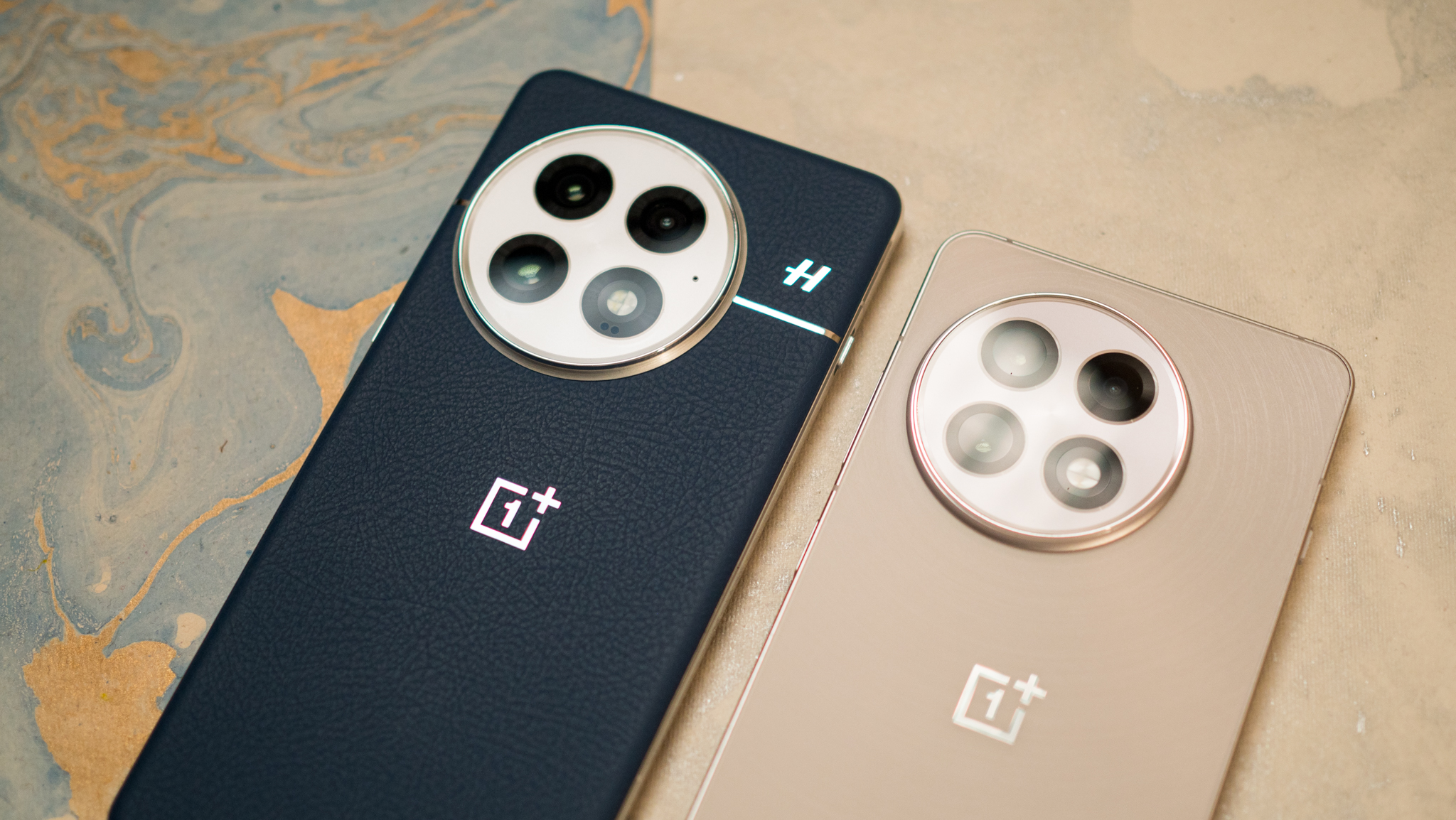
The OnePlus 13 has a trio of 50MP cameras at the back, including a 50MP Sony LYT-808 main camera, 50MP Sony LYT-600 telephoto lens with 3x optical zoom and OIS, and a 50MP wide-angle lens. It takes fantastic photos in just about any scenario, and you get photos that are on the same caliber as the Galaxy S24 Ultra and Pixel 9 Pro XL.
The 13R has a 50MP Sony LYT-700 as the main camera, and it's joined by a 50MP Samsung JN5 telephoto lens that goes up to 2x, and an 8MP wide-angle lens. The camera interface is similar to what you get on the OnePlus 13, but there isn't Hasselblad integration, so you miss out on a few shooting modes and effects.
That said, the OnePlus 13R also manages to take standout photos with the main camera, and barring scenes with little to no light, it holds up well. The biggest difference is the versatility; the auxiliary cameras aren't anywhere as good, so you don't get the same caliber of shots at 3x and 6x zoom, and the wide-angle lens doesn't quite deliver the same tonality in low-light situations.
Although it may not be as good as the OnePlus 13, I'll note that the main camera on the 13R is great in its own right, and if anything, it is the best shooter in its category.
OnePlus 13 vs. OnePlus 13R: Software
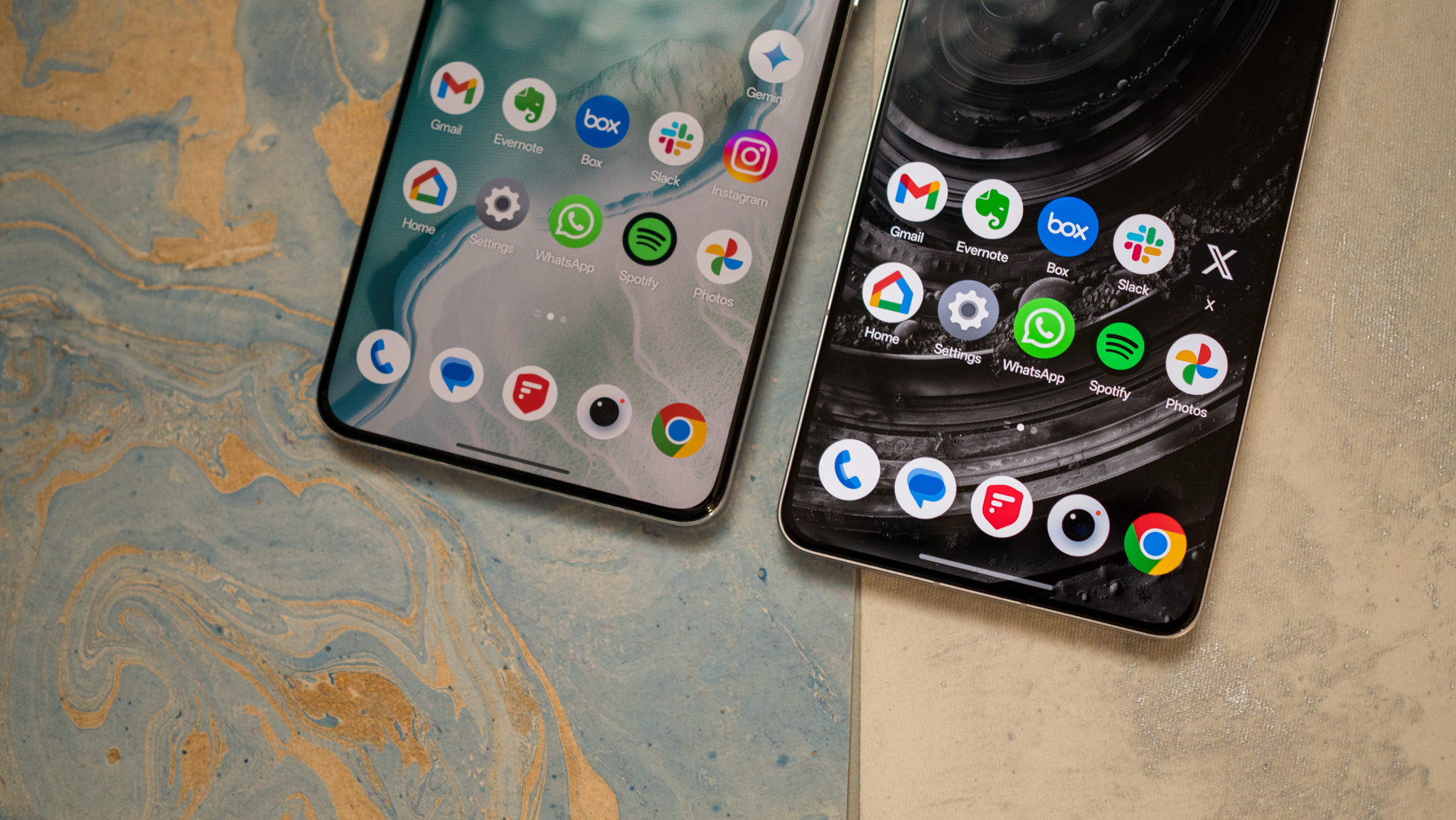
Both phones run OxygenOS 15 based on Android 15, and in my usage, I didn't see any difference in the software. That's a good thing, as it's clear that OnePlus doesn't want to limit its best software features to its flagship. What's noticeable this time is that the interface has better fluidity, and that is the case on both the OnePlus 13 and 13R.
Obviously, you get the usual AI-focused additions, and they do a decent enough job. Although the interface isn't as minimalist as I'd like, it has an exhaustive set of customization options, and you can tweak the lock screen, notification pane, and home screen to your tastes, and there are plenty of useful utilities around multitasking and gestures.
As for updates, both phones will pick up four years of Android OS updates alongside six years of software updates. Again, it's good to see the OnePlus 13R get the same software update guarantee as its costlier sibling.
OnePlus 13 vs. OnePlus 13R: Which should you buy?
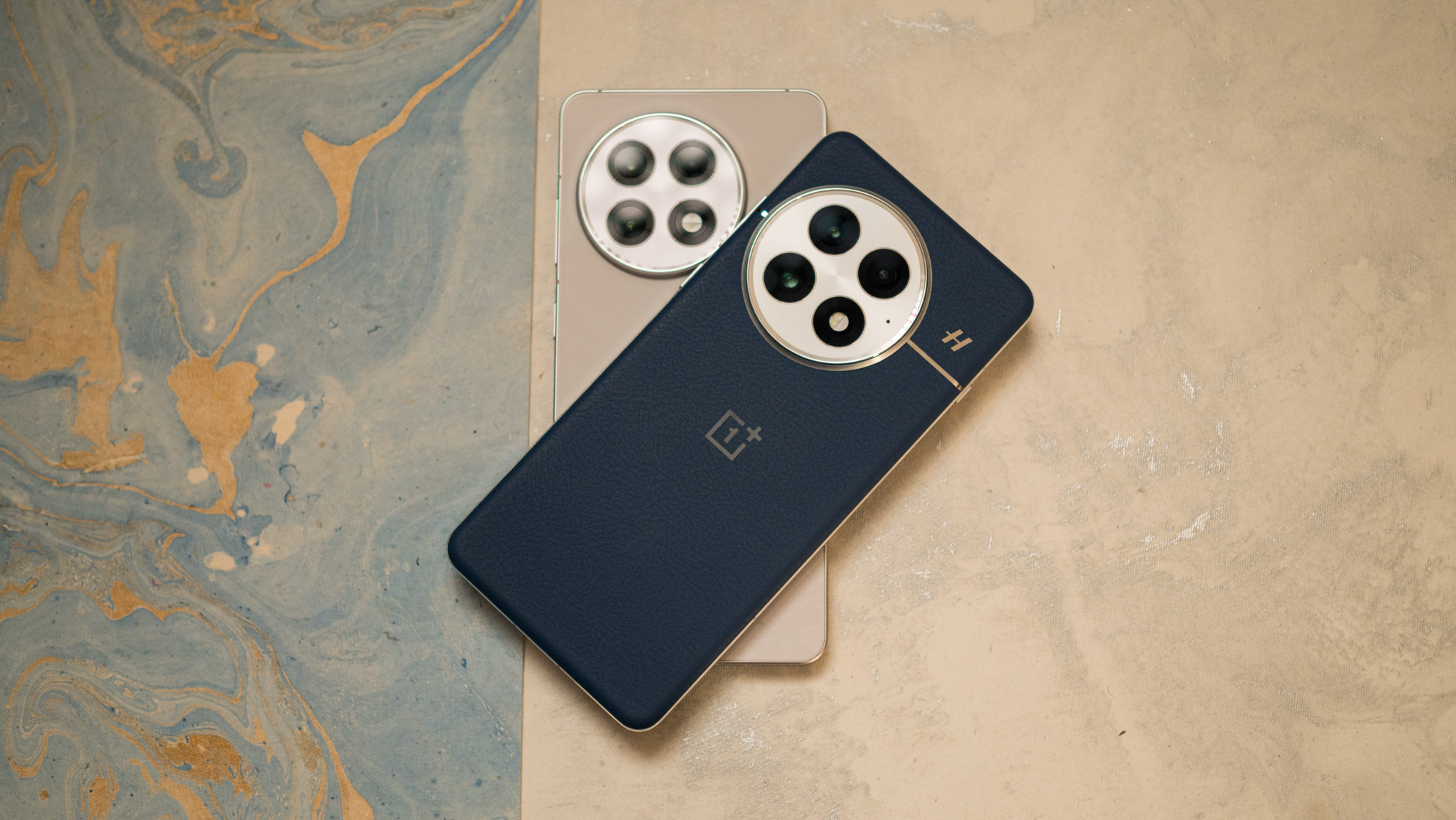
I used both devices extensively, and I can say with some confidence that they're among the best OnePlus phones to date. The OnePlus 13 is my go-to recommendation if you need a flagship that has everything: a great design, the best internals, standout cameras, long-lasting battery, and useful software extras. There isn't anything missing on the device, and even though it costs more than last year, you're getting a suite of upgrades that justifies the hike.
Now, if you don't need the best cameras, the OnePlus 13R is the obvious choice — and a much better value. It may not have the same auxiliary cameras as the OnePlus 13, but the main camera still manages to shoot great photos, and the rest of the hardware isn't that different: you still get top-notch internals, a battery that lasts even longer, an AMOLED panel that's just as good, and the same software. The only limitation is IP65 water resistance, and longer charging times.
The upside is that the OnePlus 13R costs $300 less than the OnePlus 13, and that is nothing to scoff at. It's an easier recommendation in India, where the device costs just ₹42,999 ($496) — the same as last year. If you want to save some cash and still get great hardware and usable cameras, the OnePlus 13R is my pick. If you need a device that goes up against the Pixel 9 Pro XL, then you'll need to get the OnePlus 13.

The best
This is the best OnePlus phone yet, and I don't say that lightly. It has a better design with increased durability, the latest hardware, amazing cameras, long-lasting battery, and fluid software that's great to use. In short, this is one of the best flagships you can buy in 2025.

An unbeatable value
You won't find another device that gives you as much value as the OnePlus 13R in 2025. It basically has the same hardware as last year's OnePlus 12, but is available for much less. The auxiliary cameras may not be as good and the design isn't as comfortable to hold, but these are minor quibbles — as an overall package, the OnePlus 13R is fantastic.

Harish Jonnalagadda is Android Central's Senior Editor overseeing mobile coverage. In his current role, he leads the site's coverage of Chinese phone brands, networking products, and AV gear. He has been testing phones for over a decade, and has extensive experience in mobile hardware and the global semiconductor industry. Contact him on Twitter at @chunkynerd.
You must confirm your public display name before commenting
Please logout and then login again, you will then be prompted to enter your display name.
